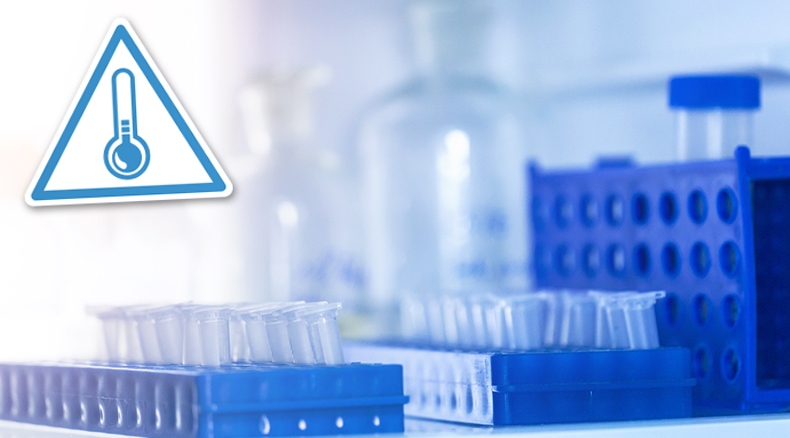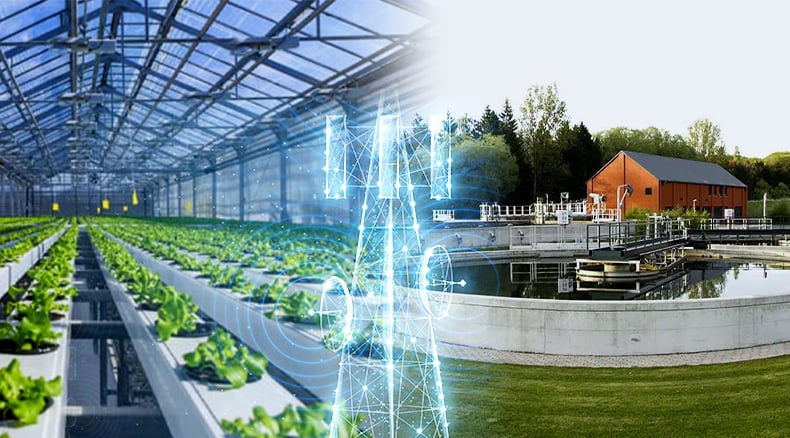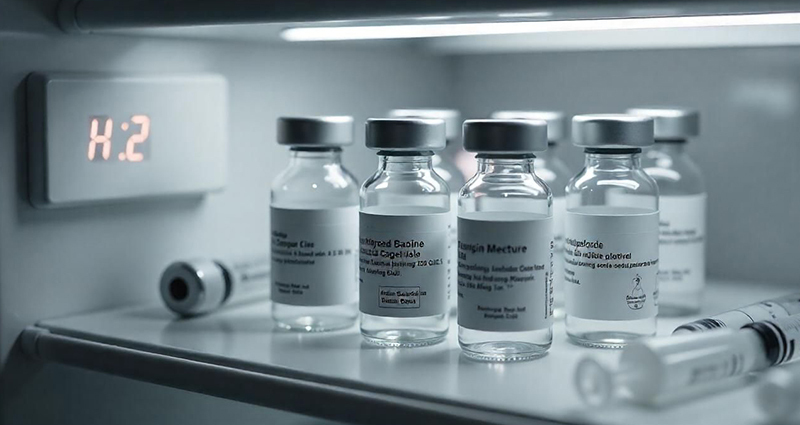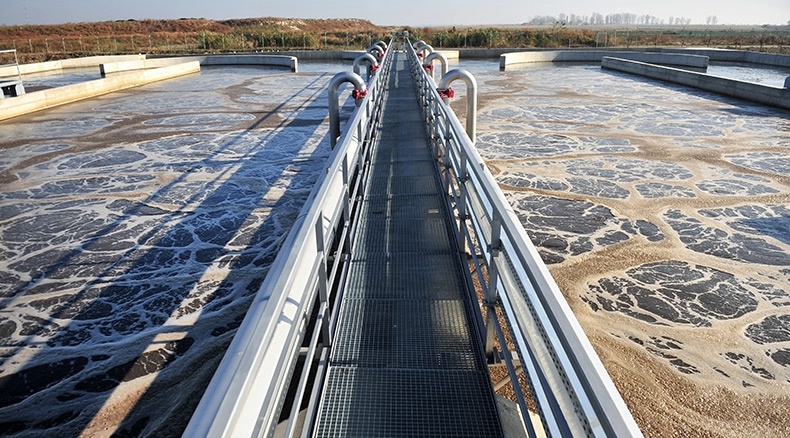
Remote monitoring technology can bring to mind watching for unauthorized access, securing data centers and safeguarding vacation homes, but there are dozens of potential applications. These include keeping tabs on animals in zoos. Livestock. Plants in greenhouses. HVAC equipment. Docked boats. Grapevines in a vineyard. Vaccines. Food products. Pharmaceuticals. Oil wells. Most organizations can benefit from implementing remote monitoring systems, and consumers and the environment will be the ultimate winners.
What is Remote Monitoring?
Simply put, remote monitoring is using sensors to track conditions and event status so that you don’t have to manually track them. For example, a system connected to temperature sensors will be triggered if the temperature falls above or below the set parameters. When this happens, the system then sends an alert to people designated to receive it. Sensors can monitor many conditions besides temperature, including humidity, water flow rate, vibration and power loss.
Preventing Wastewater Spills
Municipalities use lift and pump stations to deliver safe, clean water to their customers and manage sewage. However, pump failures happen regularly, and they can cause messy overflows and spills that use excess water and damage the environment. Unexpected events like fast-moving storms, heavy rains, lightning and power outages can shut down pumps quickly and without warning. Besides causing expensive downtime and damaged customer relations, spills can also trigger expensive fines.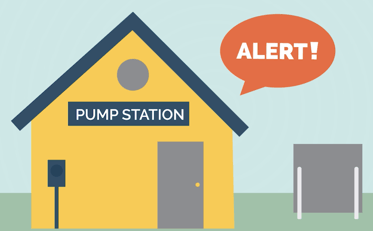 Having a remote monitoring system can virtually eliminate these incidences. By using sensors to monitor wet well levels, temperature, flow, equipment malfunction and power failure, remote personnel can be alerted immediately so they can take action before damage occurs.
Having a remote monitoring system can virtually eliminate these incidences. By using sensors to monitor wet well levels, temperature, flow, equipment malfunction and power failure, remote personnel can be alerted immediately so they can take action before damage occurs.
In addition to getting alerts, workers can check the status of their station at any time by logging into a website or calling the device. This enables them to avoid the regular traveling required to manually check equipment and overall station health to know that pumps are functioning properly. Less traveling means fewer emissions.
If the station is equipped with a programmable logic controller (PLC), a remote monitoring system can be wired into the PLC’s alarm contacts and alert personnel when it identifies an alarm. A system like the Sentinel PRO can pull sensor data directly from the PLC, providing remote workers real-time data for status updates, alarming, notification, reporting and data logging. Getting this data remotely enables the stations to run more efficiently, which further benefits the environment.
Generating Less Waste and Emissions
The food industry generates a lot of solid waste from food spoilage in restaurants, processing centers, warehouses and other storage areas. This spoilage can be entirely prevented by using a remote monitoring system. The system can directly monitor temperatures in refrigerators and freezers, and it can also monitor power and equipment outages that cause temperatures in food storage areas to rise.
Besides the direct benefits of reducing waste and the need to replace food assets, remote monitoring reduces the need for physical inspections. This cuts emissions from unnecessary travel.
Safeguarding Consumer Health
Pharmaceuticals and critical vaccines have to be stored at the correct temperatures to preserve their potency. Small changes in medications can have huge consequences. For patients with chronic illnesses such as diabetes or heart disease, taking a damaged dose can be life-threatening. But even common medicines can break down and have harmful effects, and it’s difficult to tell the difference between a ruined product and a safe one.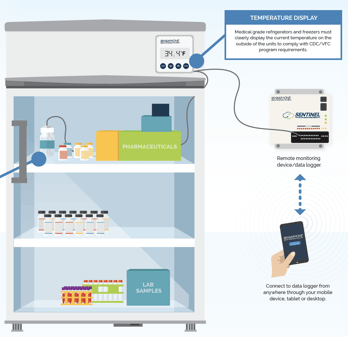 Also, medical institutions and offices are required to practice safe handling, storage and record-keeping for the vaccines within their facilities. Vaccine potency can decrease dramatically within minutes of being left out in unsafe temperature ranges. Once the potency of a vaccine is lost, it does not fully safeguard patients from the preventable disease as intended.
Also, medical institutions and offices are required to practice safe handling, storage and record-keeping for the vaccines within their facilities. Vaccine potency can decrease dramatically within minutes of being left out in unsafe temperature ranges. Once the potency of a vaccine is lost, it does not fully safeguard patients from the preventable disease as intended.
Again, remote monitoring technology can almost completely mitigate these threats. Sensors can be placed in medical freezers and refrigerators that trigger alerts when temperatures fall out of range or there are other mechanical problems. Monitoring provides time for personnel to move inventory to a safe location before damage occurs.
Powering the Internet
Large data centers house servers that power huge amounts of the internet and consume a lot of energy. An enormous amount of resources goes into maintaining these server environments. Even on a smaller scale, organizations rely on server rooms and data closets to keep critical data safe and online. Air conditioning systems, UPS systems, and backup generators need to be operating at peak efficiency to ensure uninterrupted operation.
The best software and technology in the world can't prevent an entire infrastructure from going down when a $12 fan goes dead. In addition, many remote monitoring systems can be used to track energy usage and make adjustments to more effectively cool the room.
A Win-Win Technology
Remote monitoring is a cost-effective way to help businesses, organizations, consumers and the environment. By getting alerts to potential issues, remote monitoring protects critical medicines and consumer goods, helps reduce waste and prevents improper disposal of hazardous materials. By viewing key data remotely, less travel is required, which cuts fuel emissions and pollution.
Contact Sensaphone for more information on how its systems can help your business or application.

